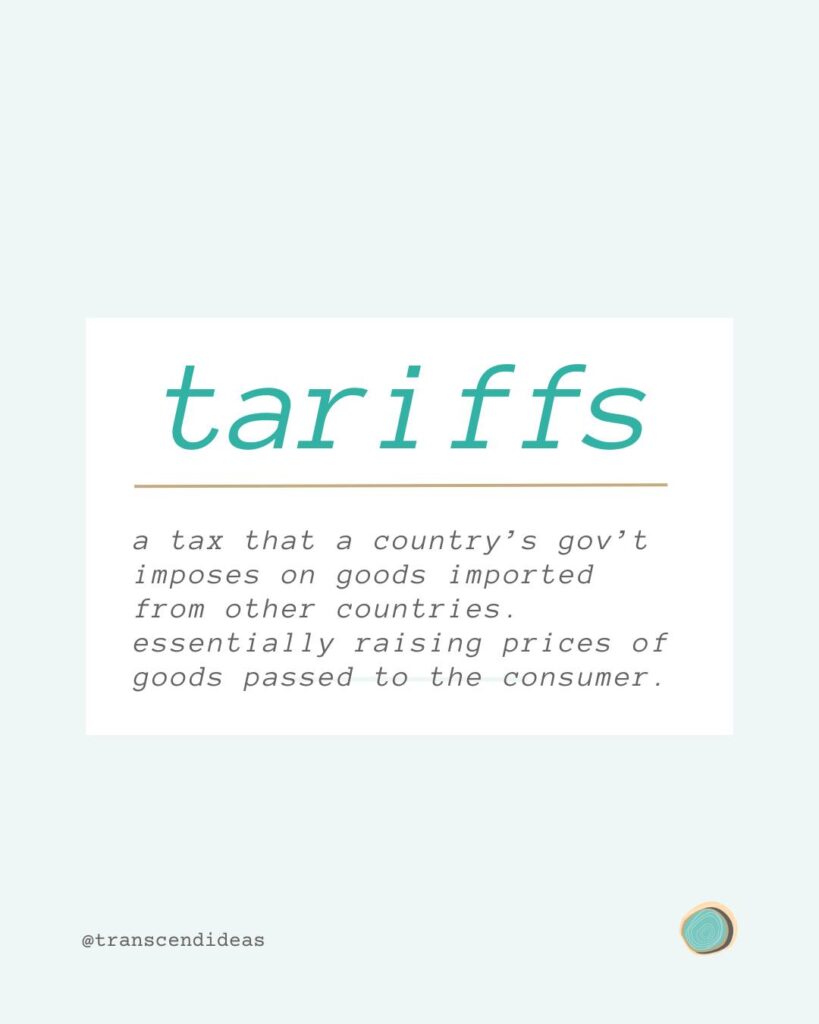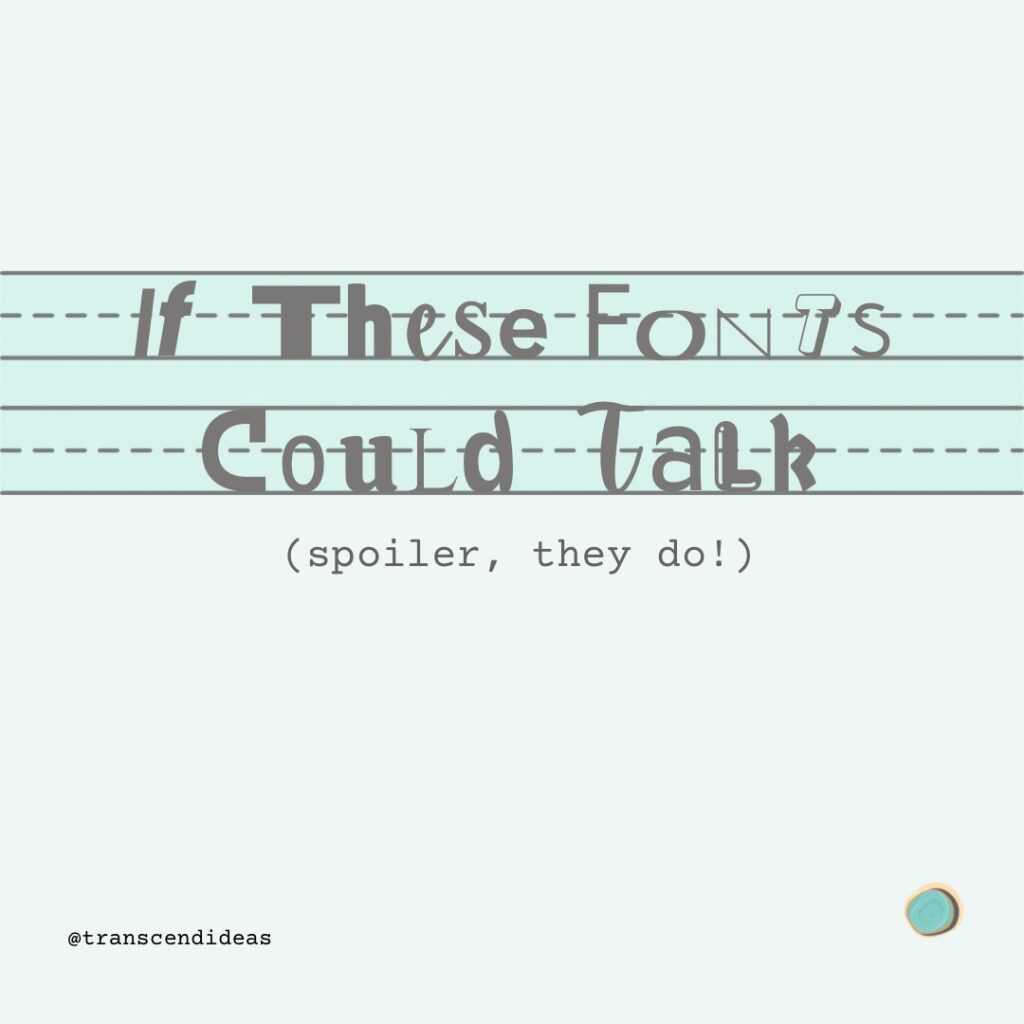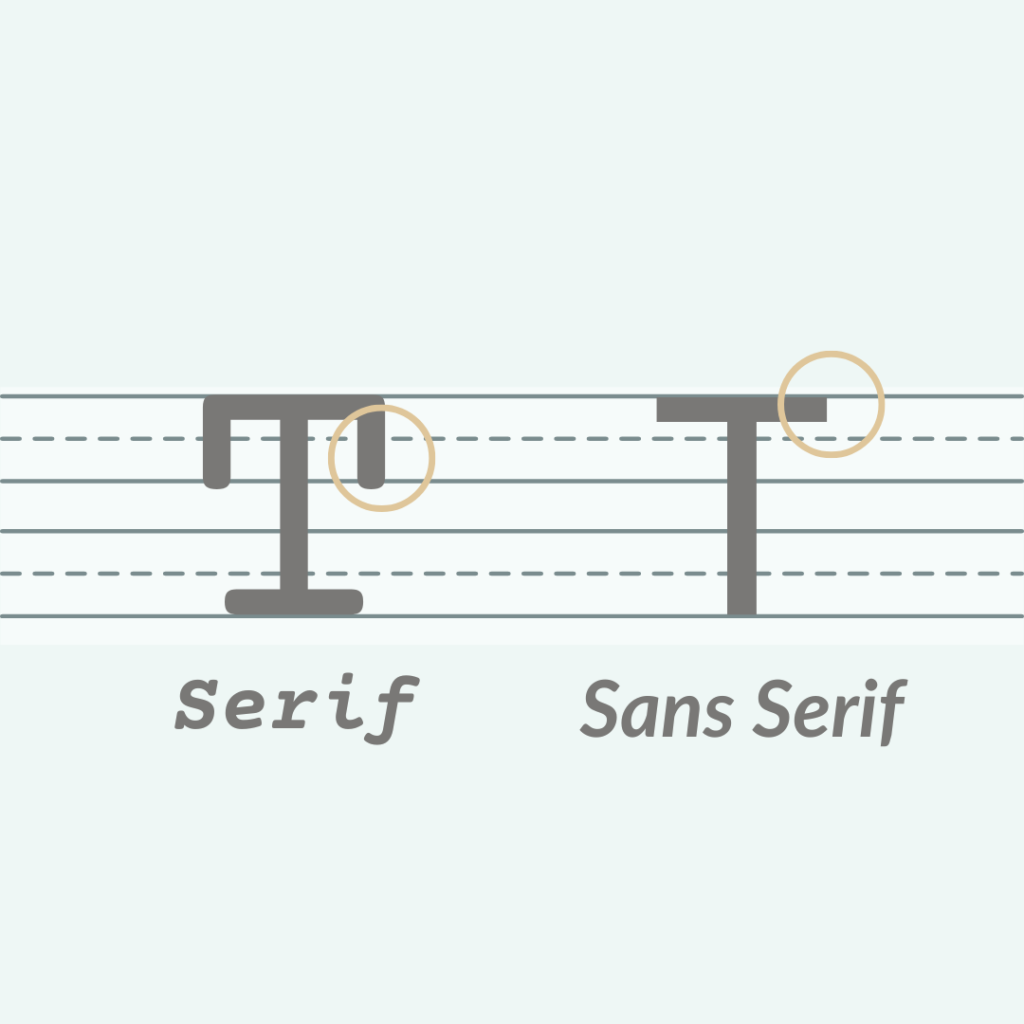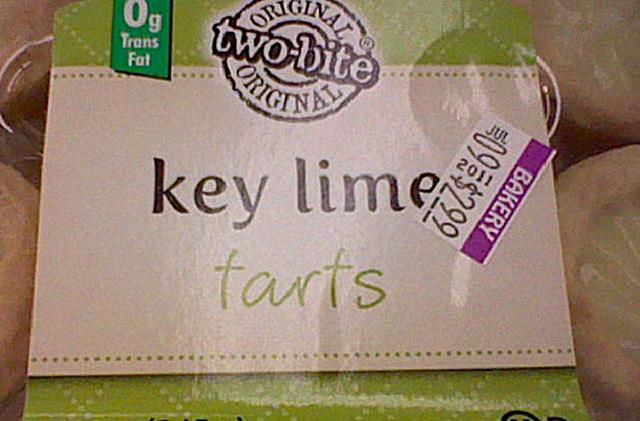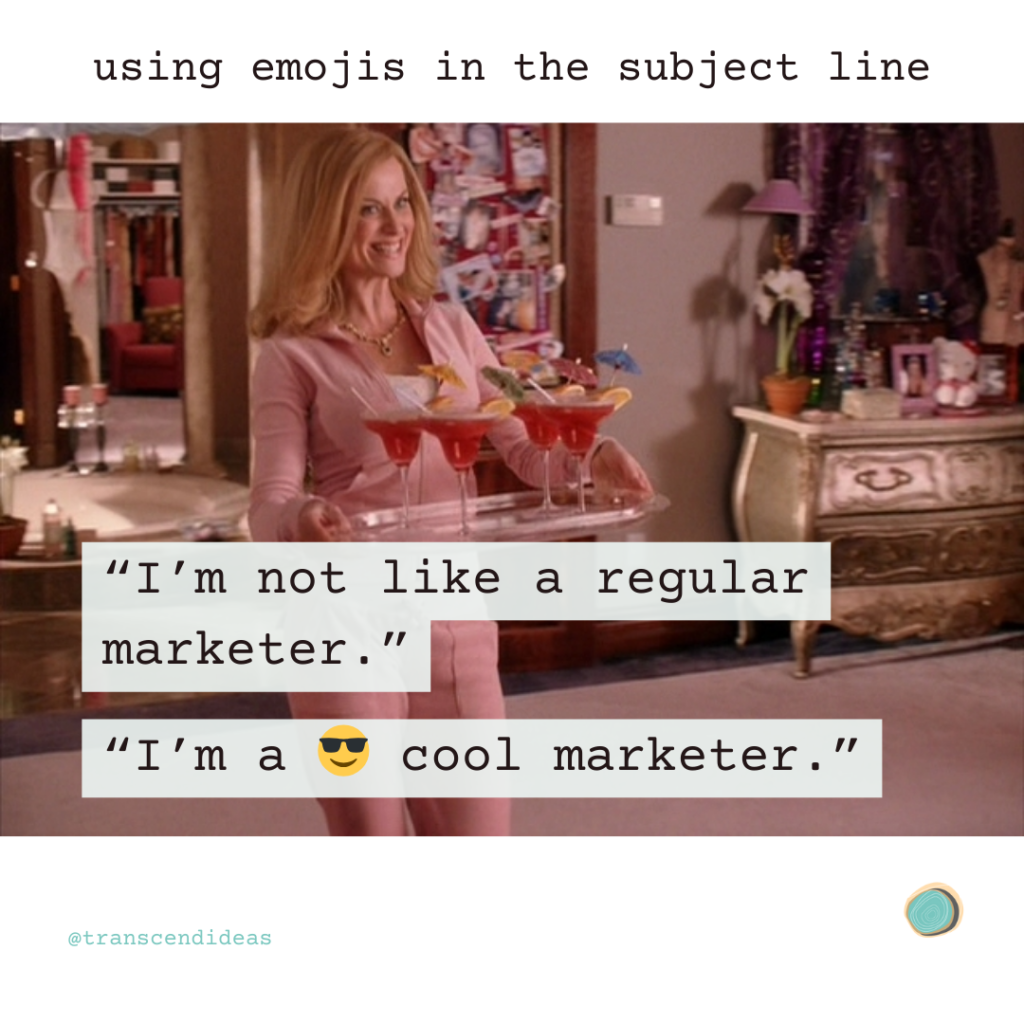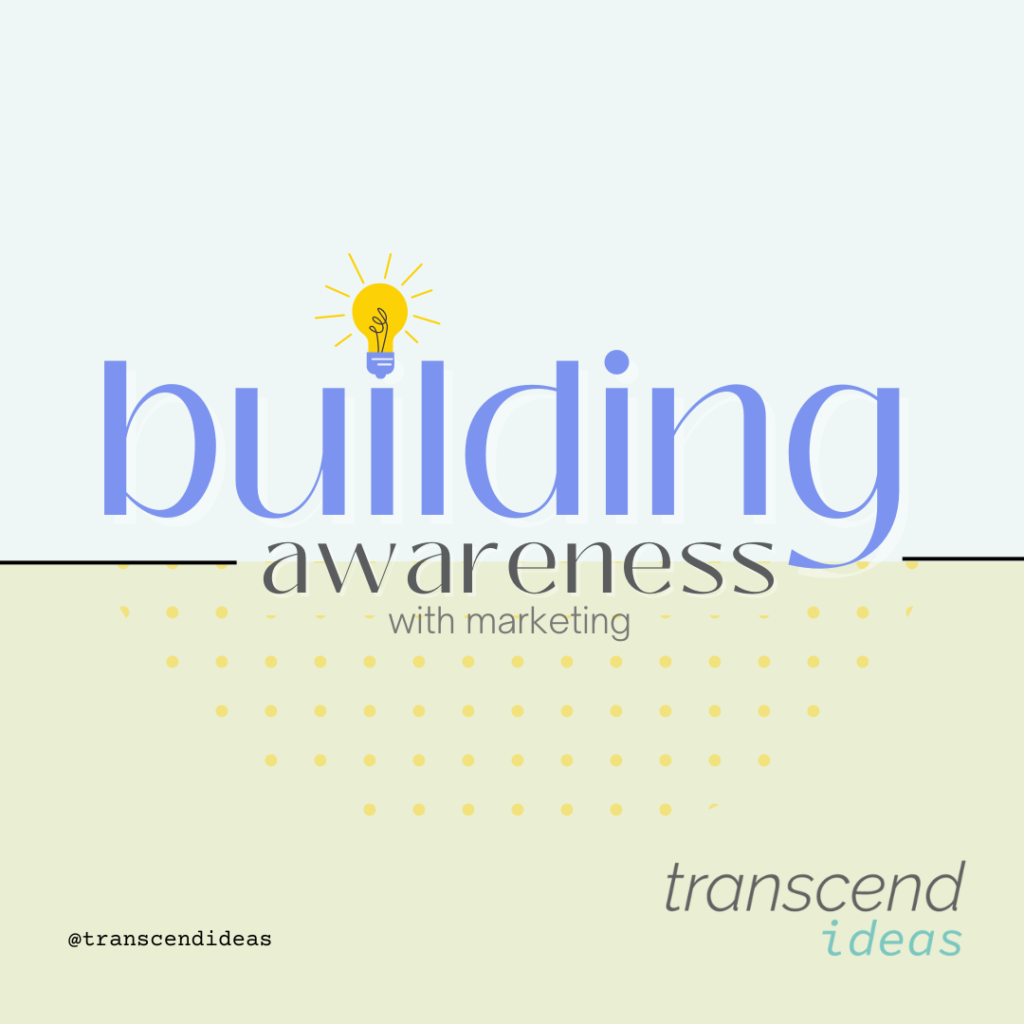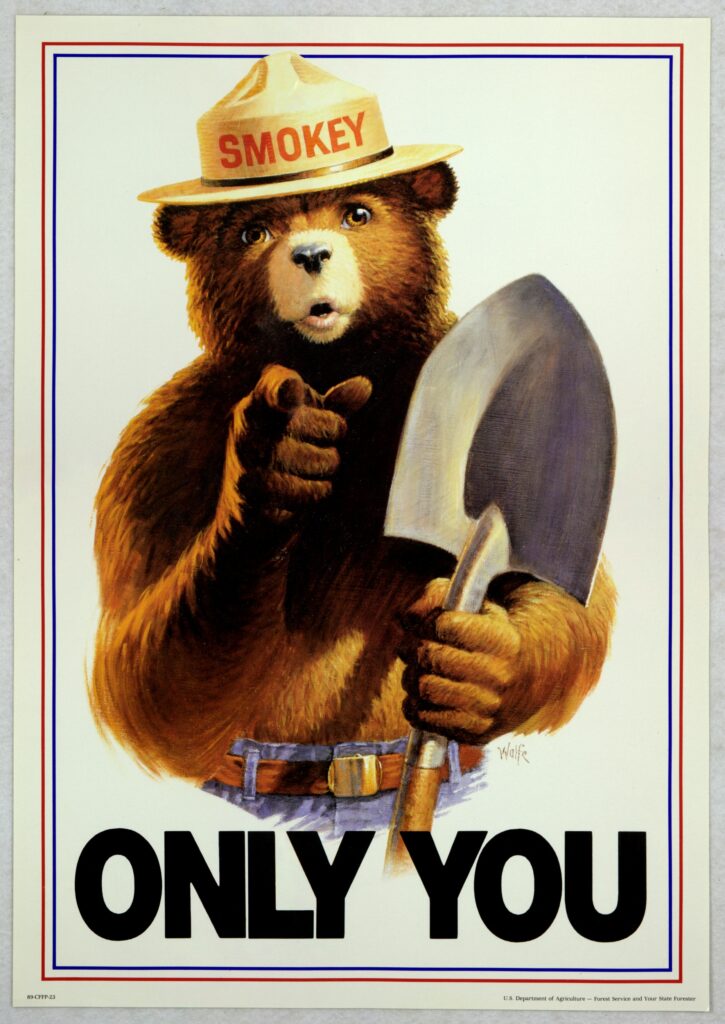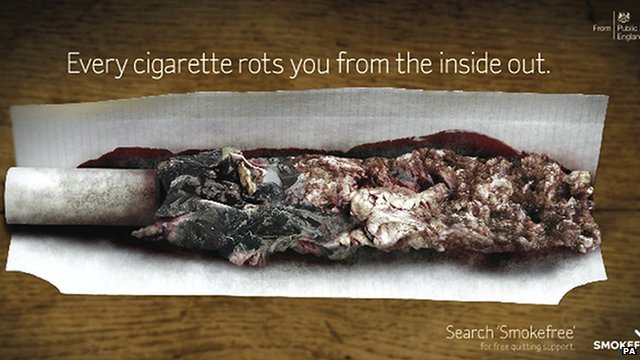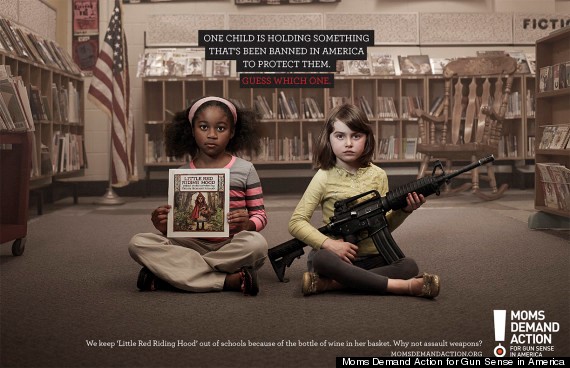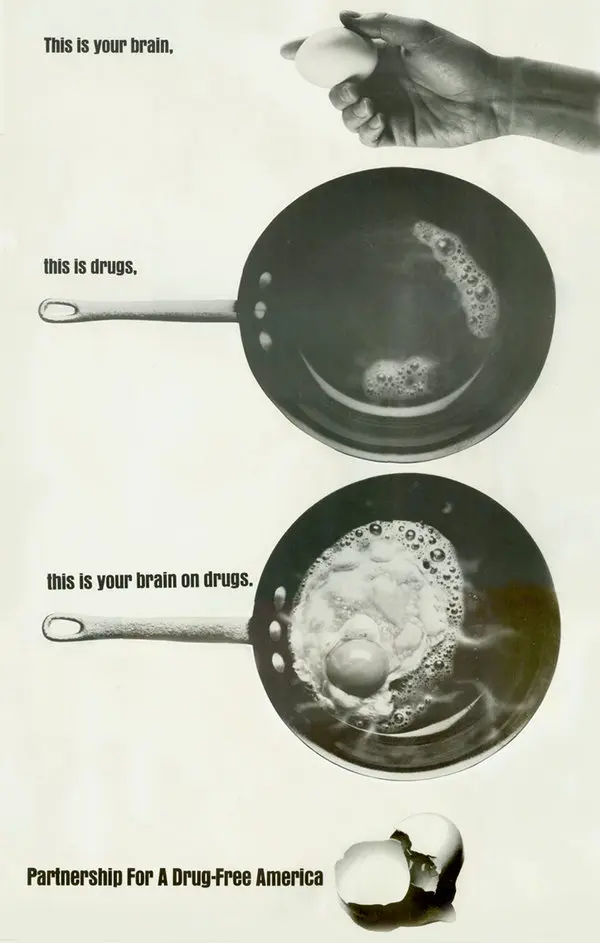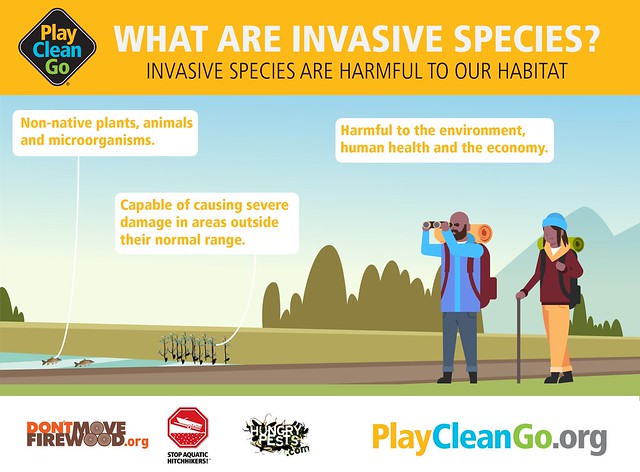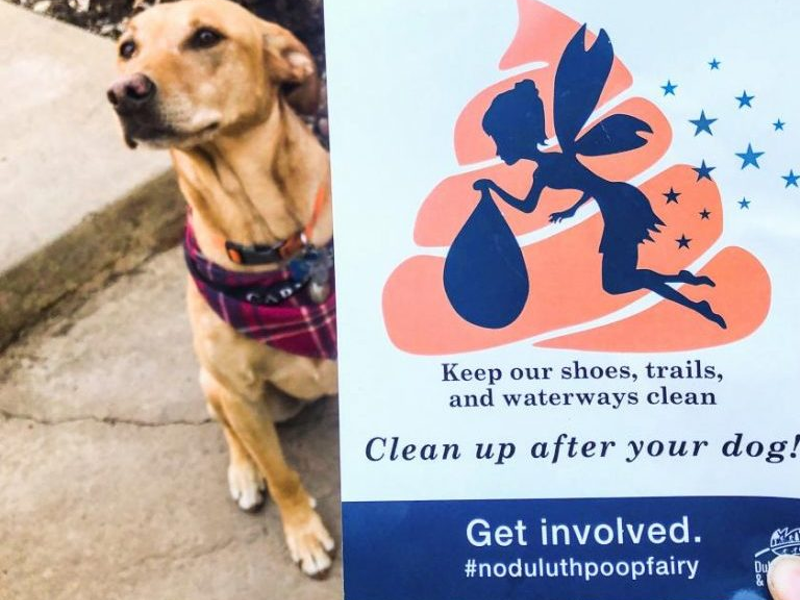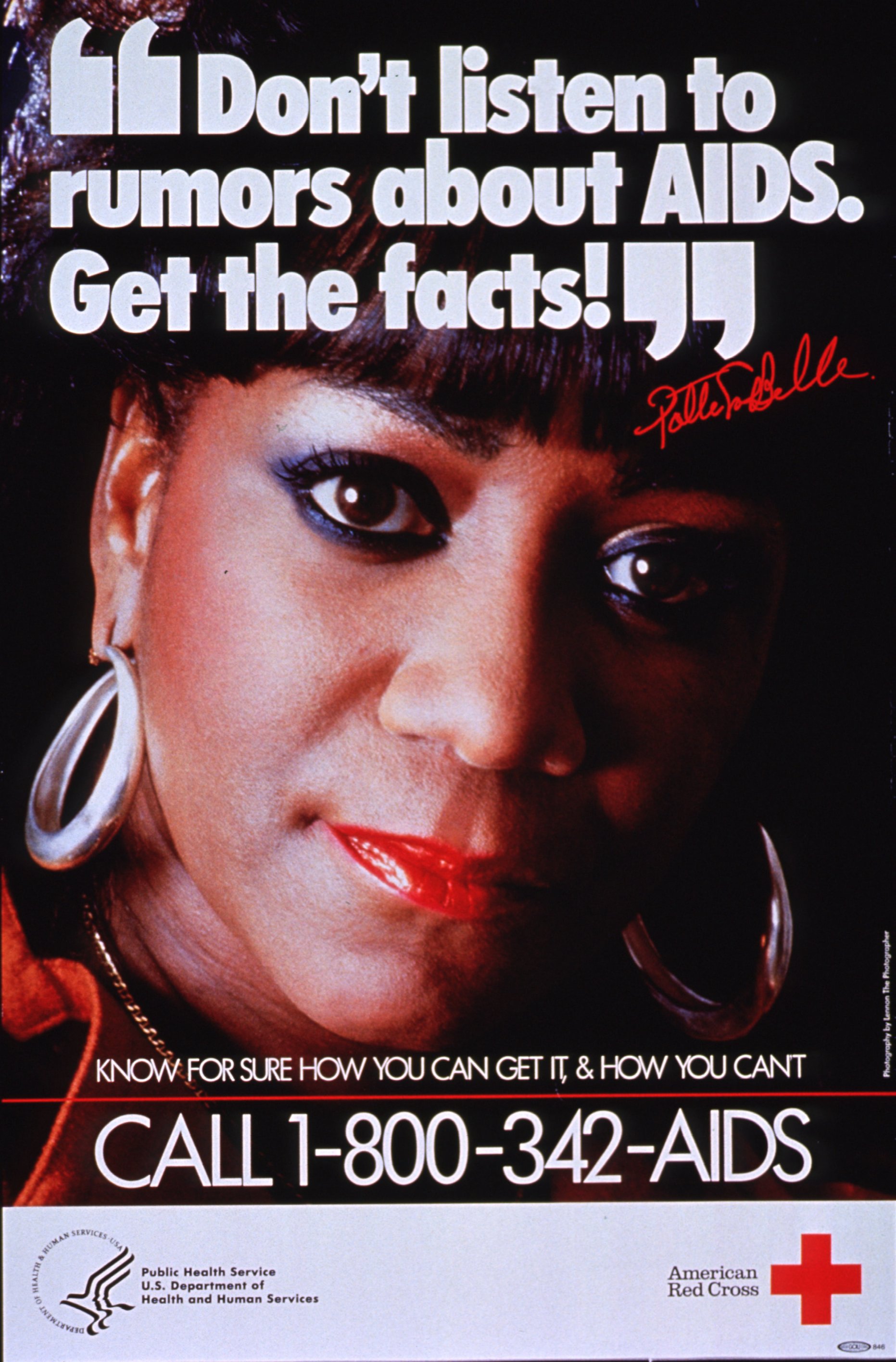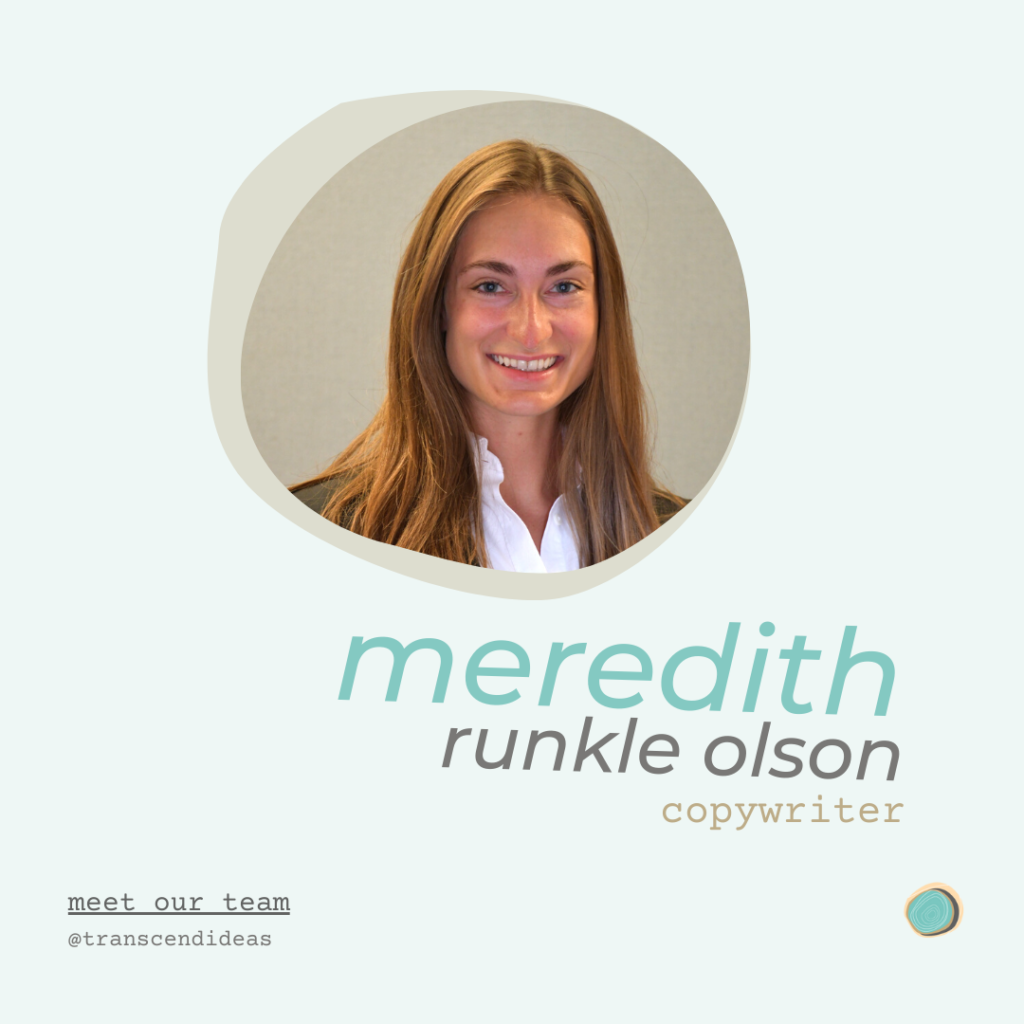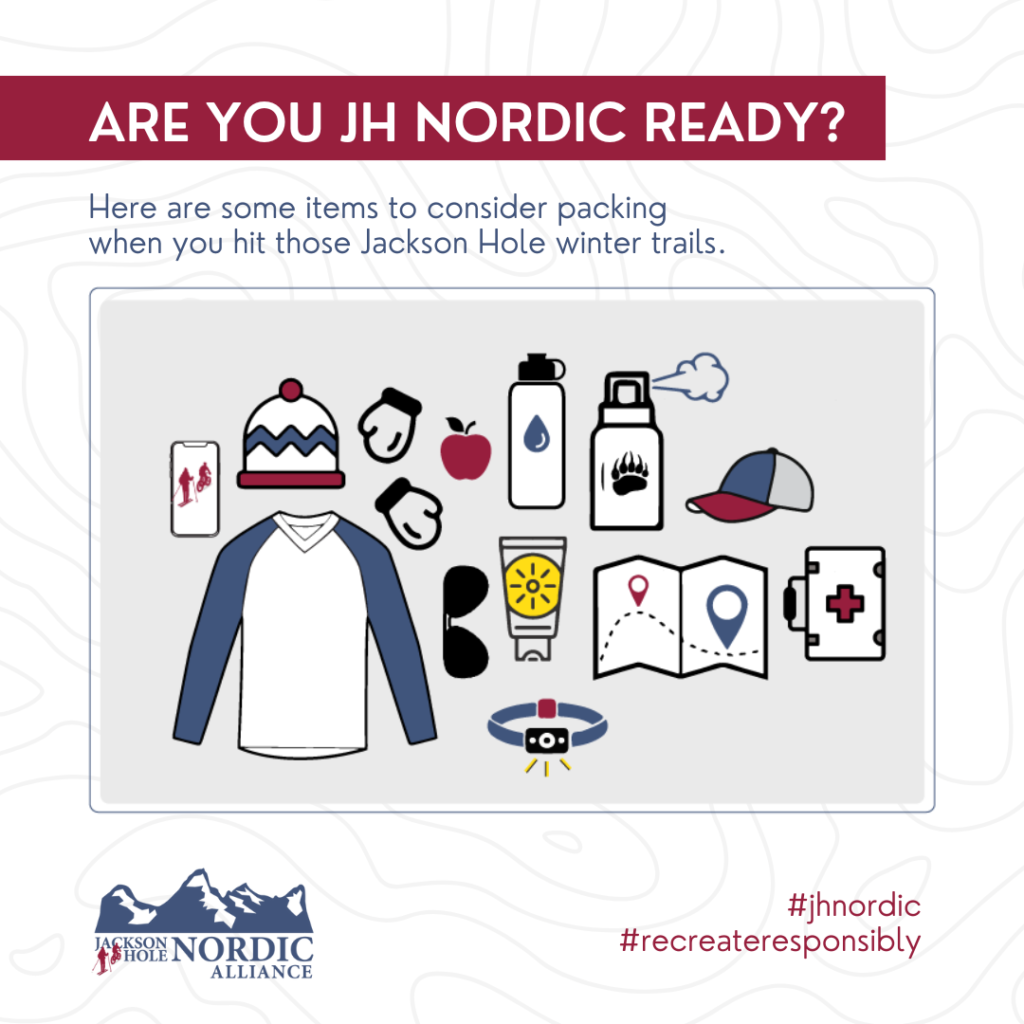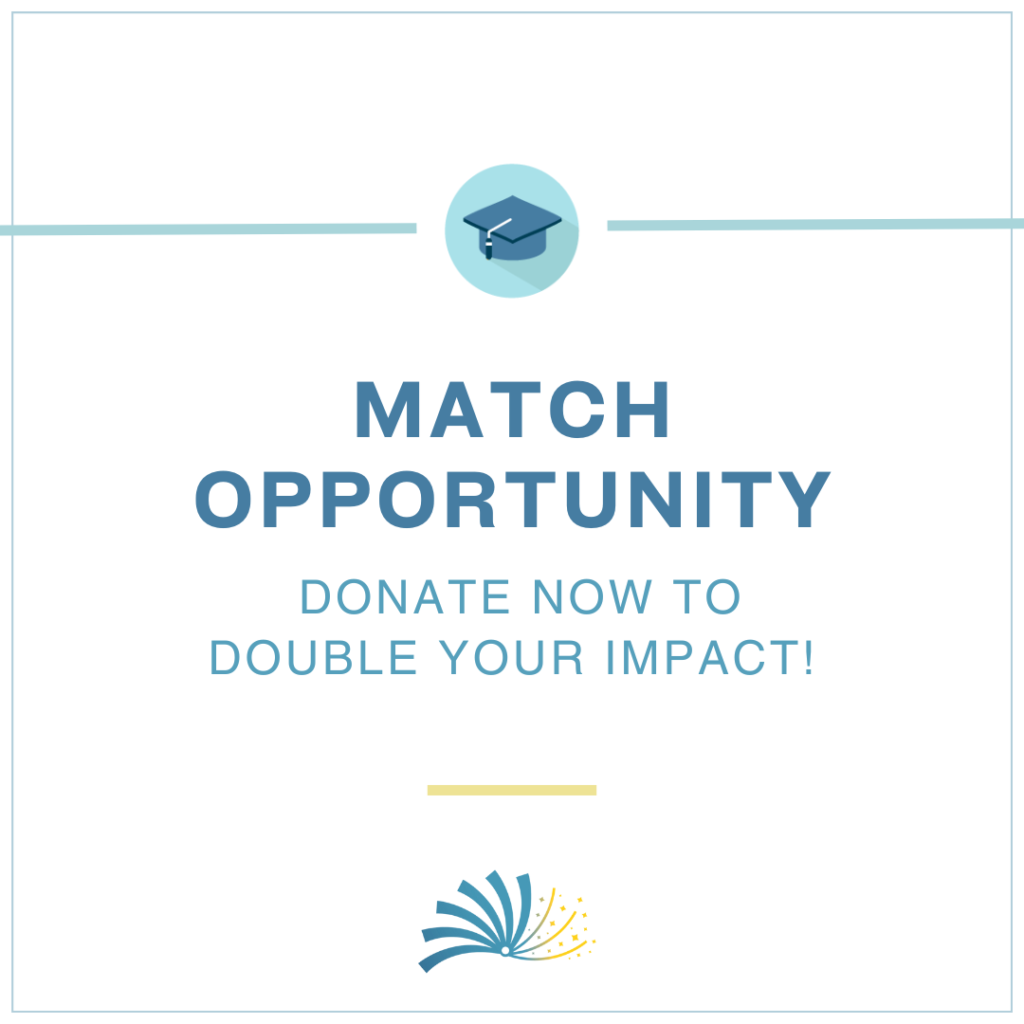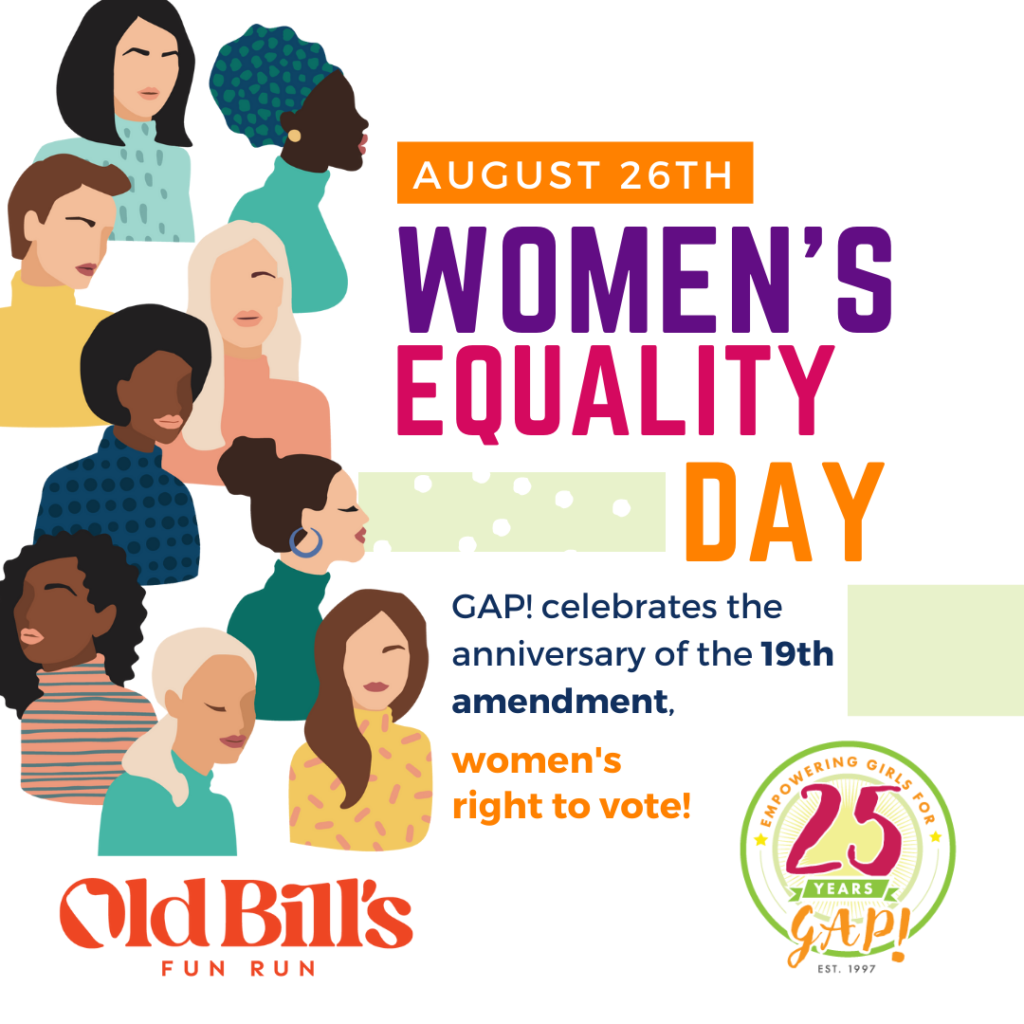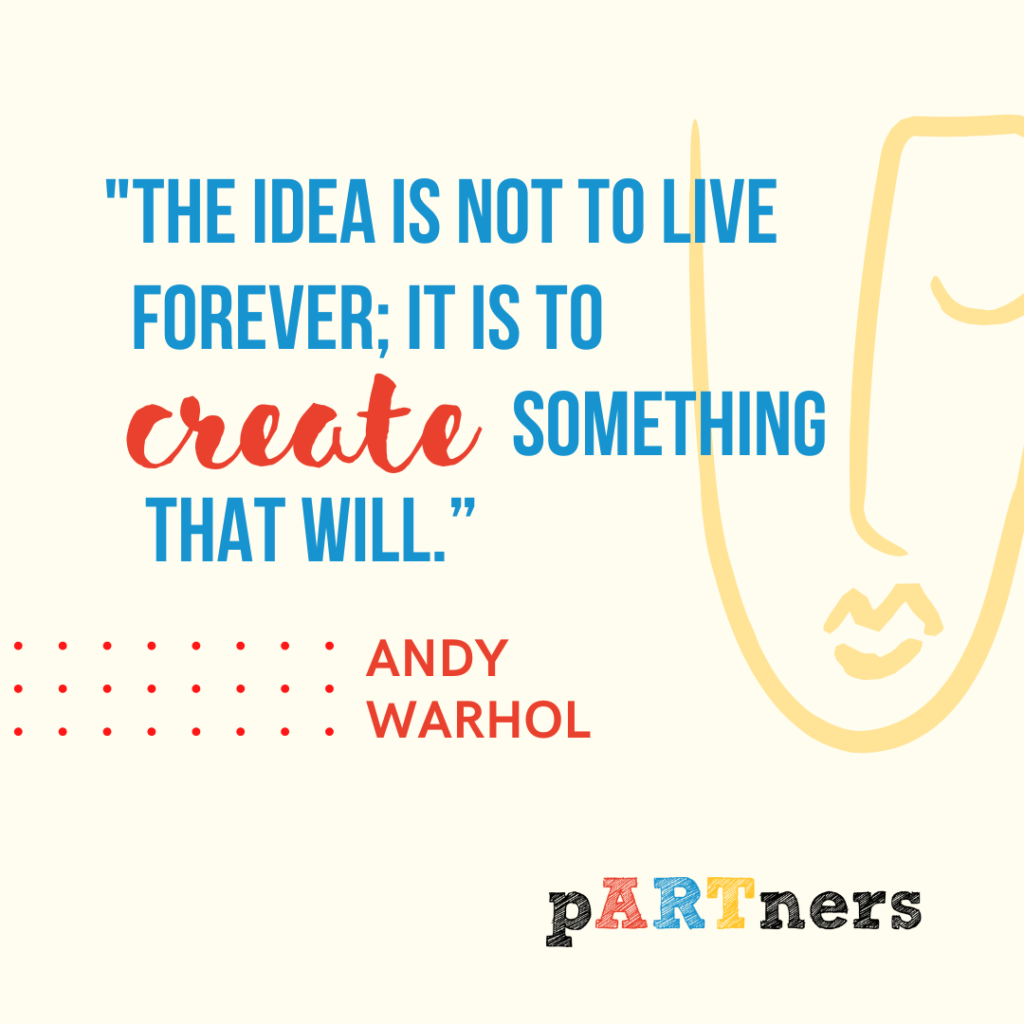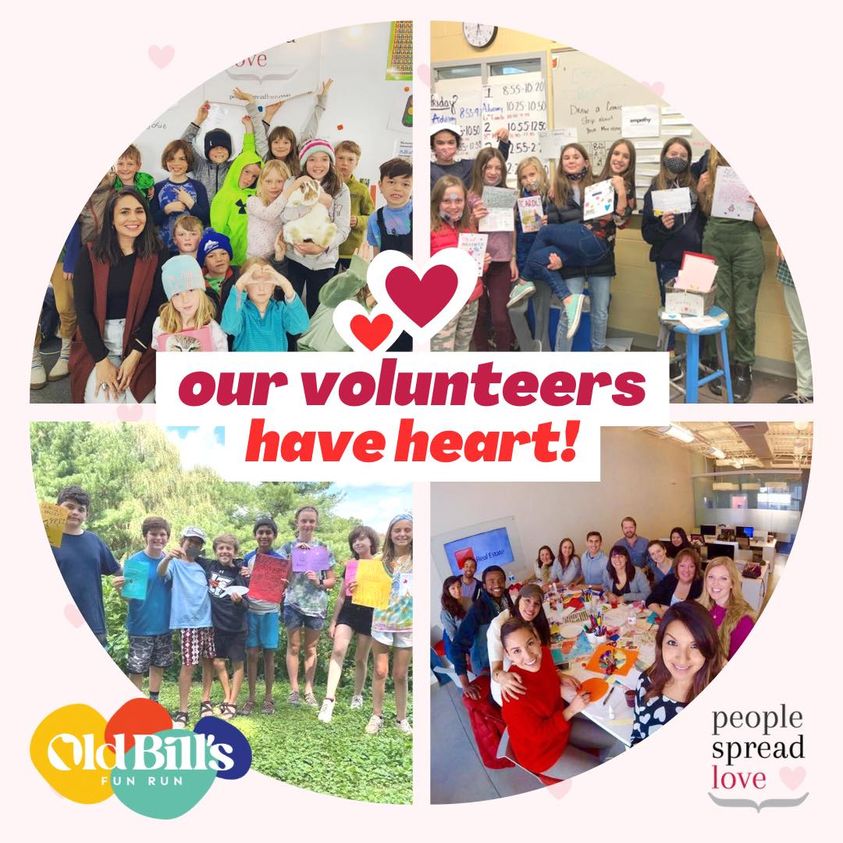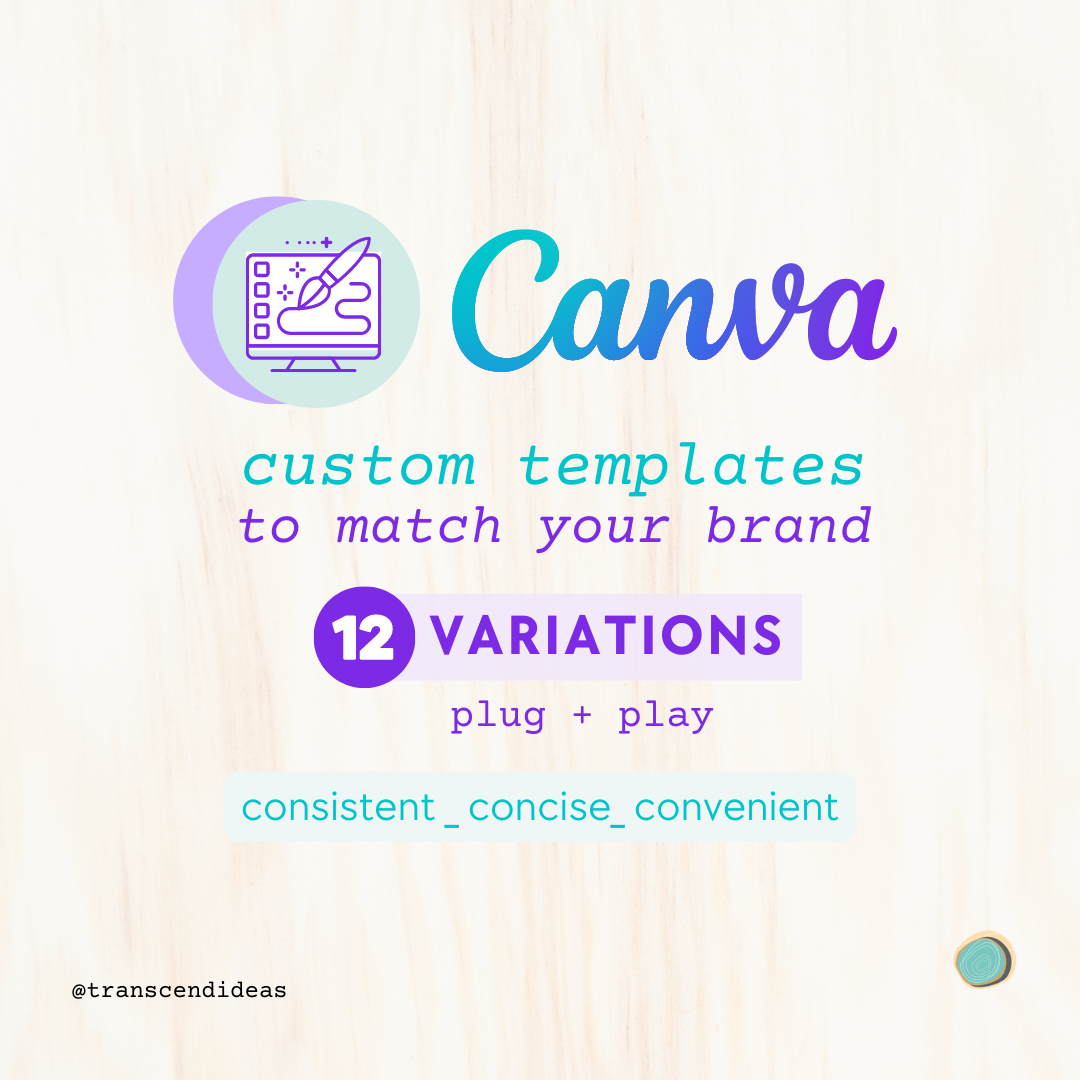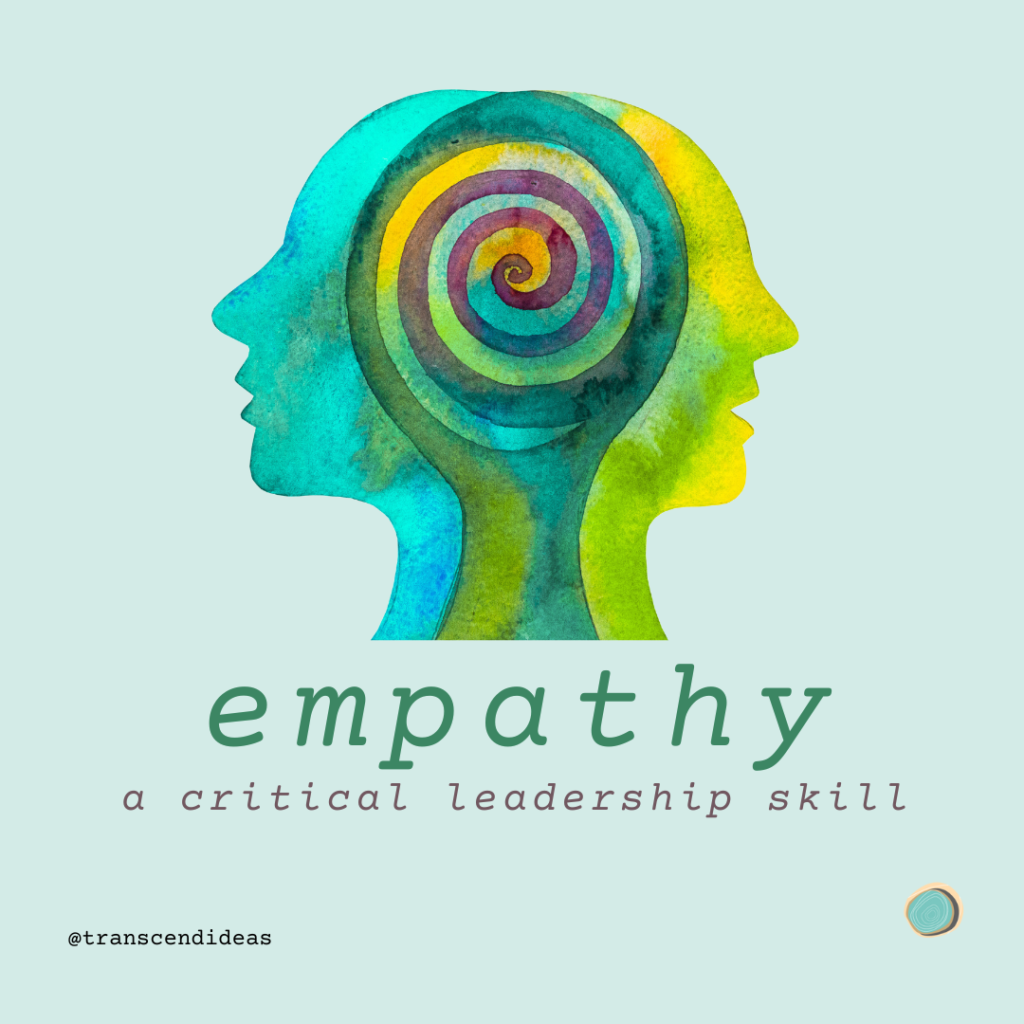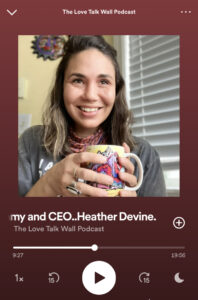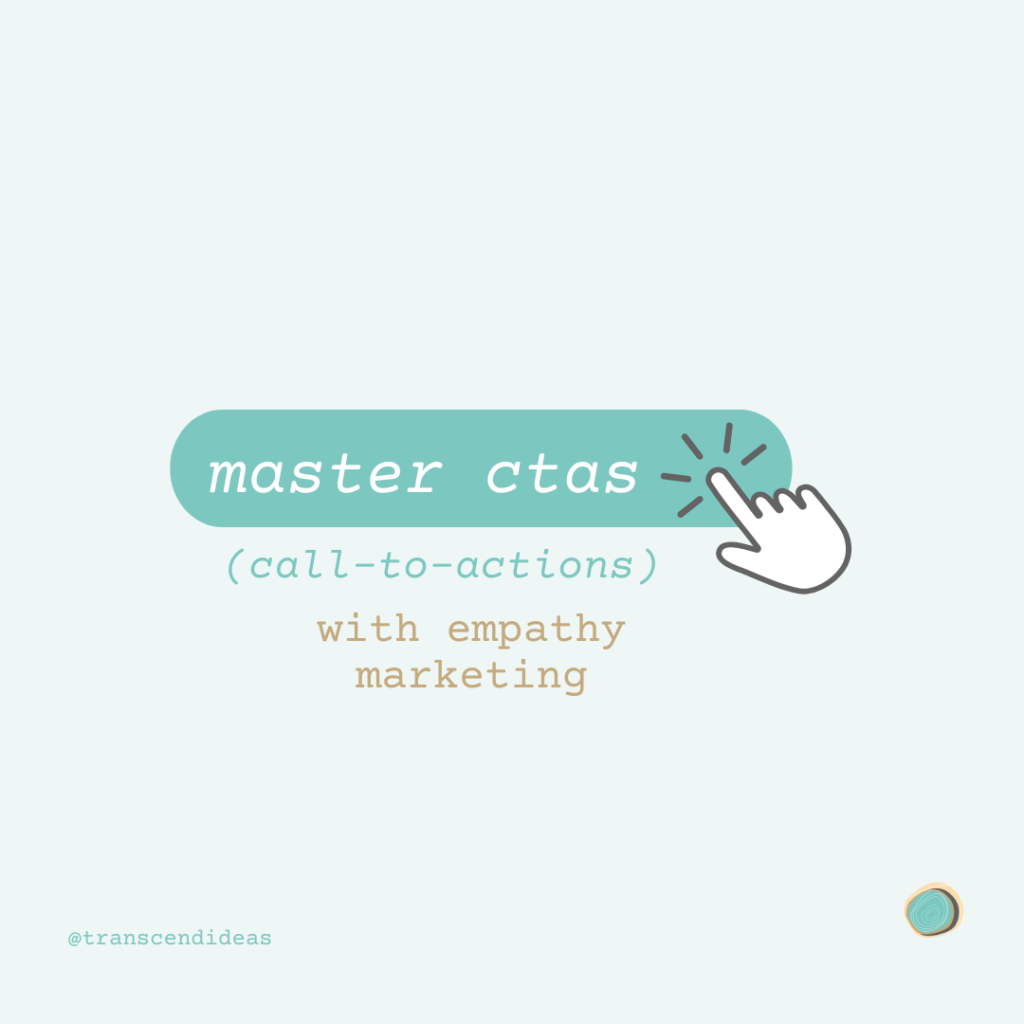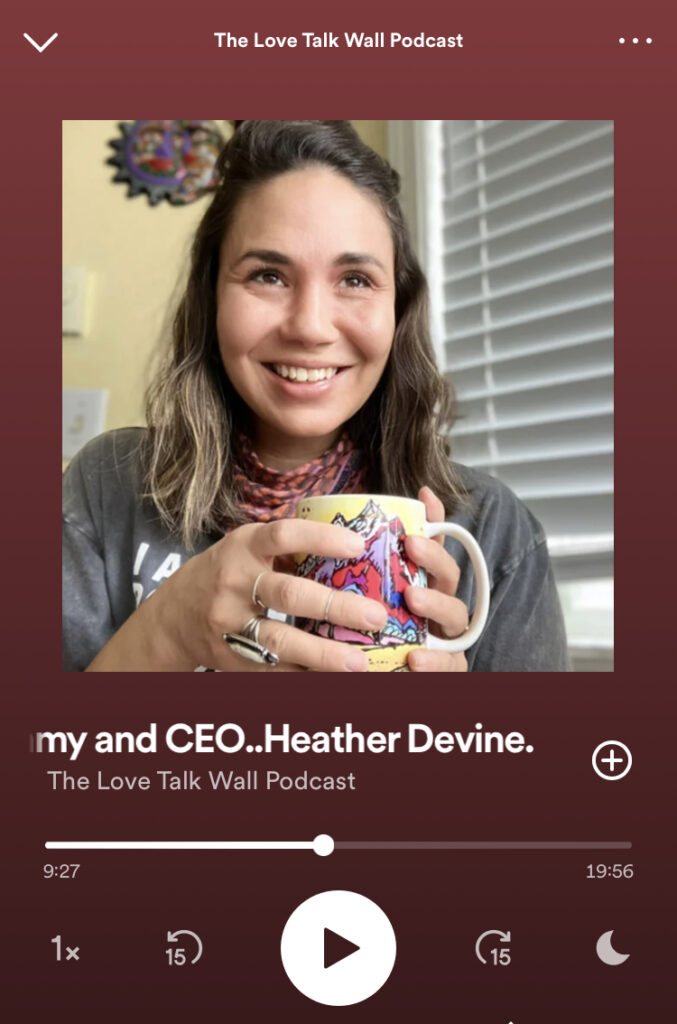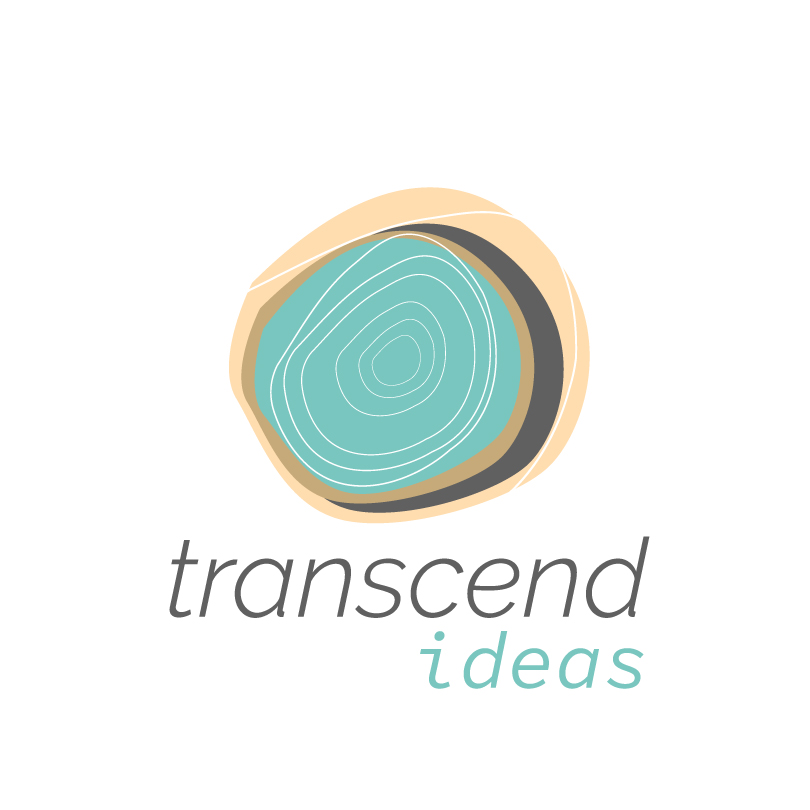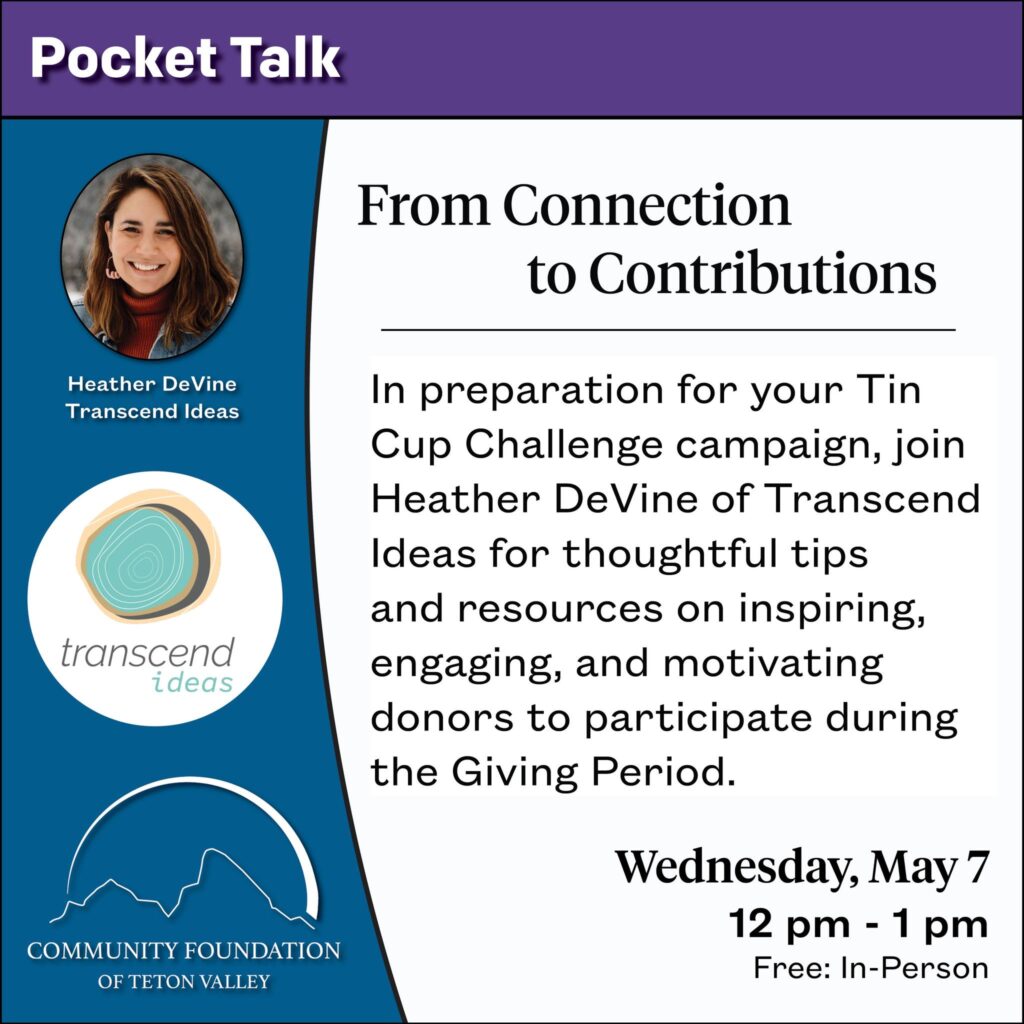
Heather DeVine of Transcend Ideas is happy to partner with The Community Foundation of Teton Valley this year and announces Pocket Talk: “From Connections to Contributions,” in-person workshop Wednesday, May 7th, 12-1 PM.
Join this free in-person workshop, we hope you’ll find it informative and an inspiring discussion. Heather will share helpful storytelling tips and available resources that you can use now as you prepare to inspire, engage, and motivate donors to actively participate in the Giving Period ahead of the Community Foundation of Teton Valley’s 18th Annual Tin Cup Challenge.
“Now more than ever, our non-profits need our support… there is an evident shift in funding priorities and spending hesitancy is on the rise. Despite the hurdles of today’s economic climate, there is a surge of energy surrounding the support of non-profit organizations that impact the community. I’m delighted to be a part of this philanthropic energy ahead of this year’s Tin Cup Challenge and can’t wait to ignite more with attendees of the Pocket Talk: “From Connections to Contributions on May 7th!”
Heather DeVine
Build Connection with Community
Nonprofits should consider the following when building a connection with community members and donors:
- Authentic approach to storytelling with supportive graphics and videos to keep it dynamic and expand your reach
- Identify your theme to wrap your “ask” around (ie. anniversary, impact/program focus, expansion)
- State your case – tell the donors what/whom you are impacting and why it’s important
- Set specific fundraising goals & give them voice to your donors
- Identify donors: ask for an increase in the amount they donated last year
- Pledge card – commitment made, making it tangible and real for both the org and the donor
- Offer donation increments that will impact your org and the community
- Highlight the important programs these non-profits do (maybe the ones that are not as well known, or at the forefront of the org). These could be small and simple.
- Some examples include:
- Hole Food Rescue (HFR) in partnership with Teton County Integrated Solid Waste and Recycling (ISWR): during the Tuesday Food for the Community Event at the Grove, put on by HFR, ISWR provides free residential composting for anyone who brings their food waste to the event. It’s a small but really cool way that 2 orgs come together to help with food distribution and food waste in the community. I also don’t know if a ton of people know about this.
- The Animal Adoption Center (AAC): Highlighting the Spay and Neuter events that they do in nearby Reservation communities. Yes, they adopt out cats and dogs, but they’re also helping the bigger picture by providing necessary care to communities that do not have access to such things readily available.
- Teton Valley Community Recycling (TVCR): I feel a lot of people in the community know about Pierre’s Pedal Project (PPP), but they may not know that kids can go in and get free bikes, or that adults can buy bikes for cheap- creating a sustainable way to commute to work or just an affordable and accessible way to get outside.
- Some examples include:
- Be strategic with your messaging – use multiple platforms, outlets to share your story (e.g. social media, newsletter, mailer, direct email, formalize letter, paid advertising, peer-to-peer campaigns – a personalized ask, yard signs)
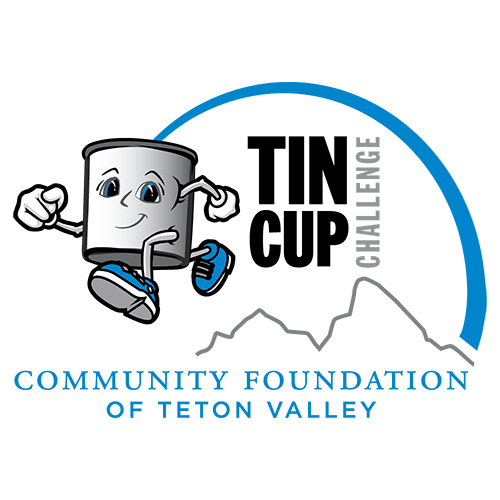
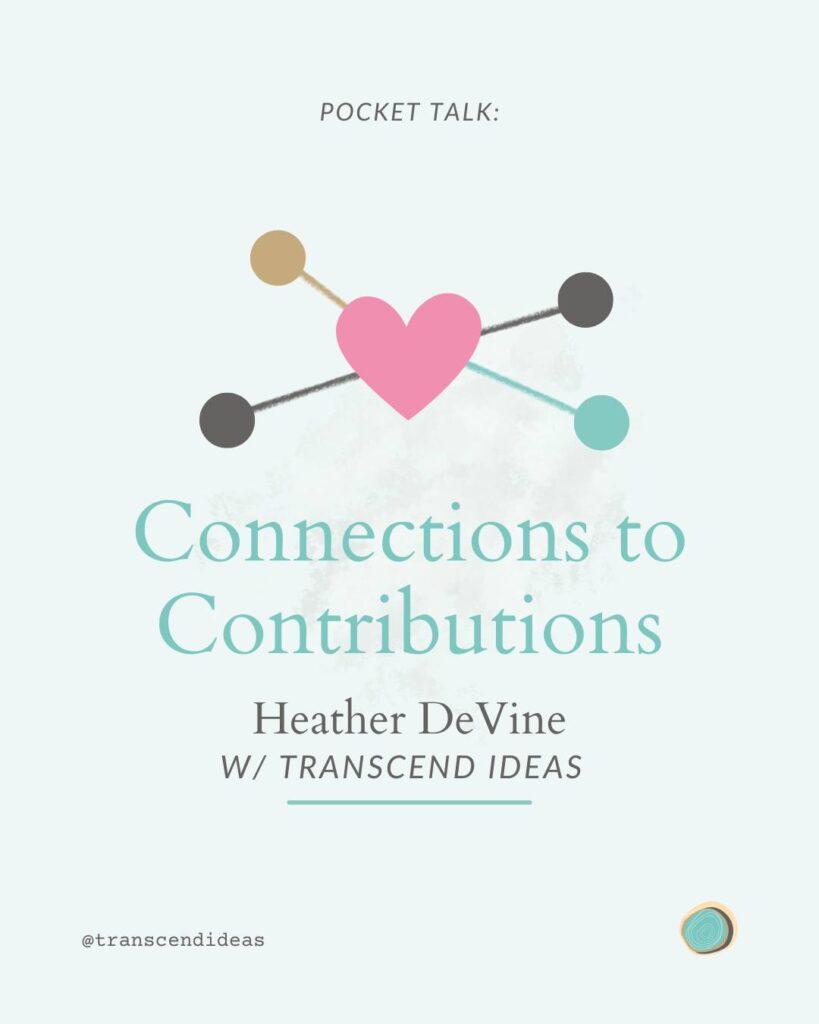
“It really comes down to how we work together to support local nonprofits in our community. Year after year, the Community Foundation of Teton Valley works with local businesses, individuals, and volunteers, developing and nurturing a culture of giving that empowers local nonprofits that provide critical services to the people in the valley. Now more than ever, our non-profits need our support. With this new administration, there is an evident shift in funding priorities and spending hesitancy is on the rise.” Heather adds, “Despite the hurdles of today’s economic climate, there is a surge of energy surrounding the support of non-profit organizations that impact the community. I’m delighted to be a part of this philanthropic energy ahead of this year’s Tin Cup Challenge and can’t wait to ignite more with attendees of the Pocket Talk: “From Connections to Contributions on May 7th!”
Did you miss it?
Download the PDF presentation here to see what we covered. If you have any questions reach out to our team at hello@transcendideas.com or schedule a coffee!
